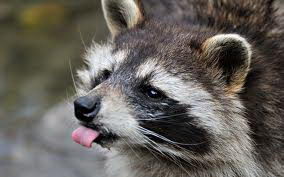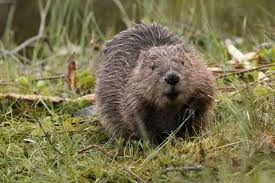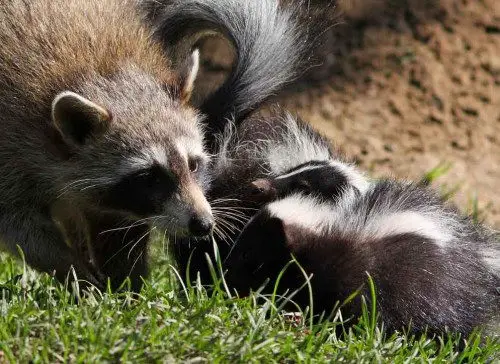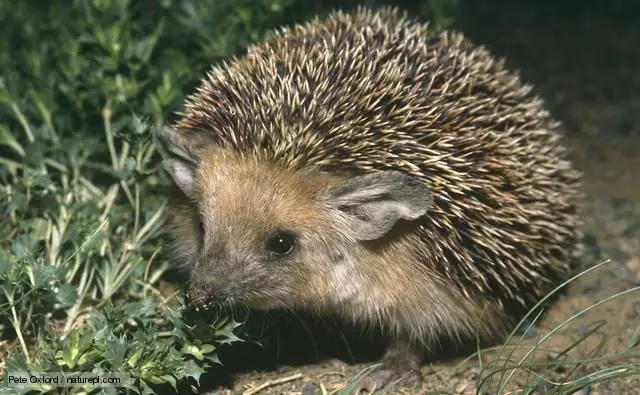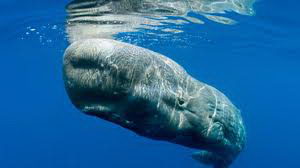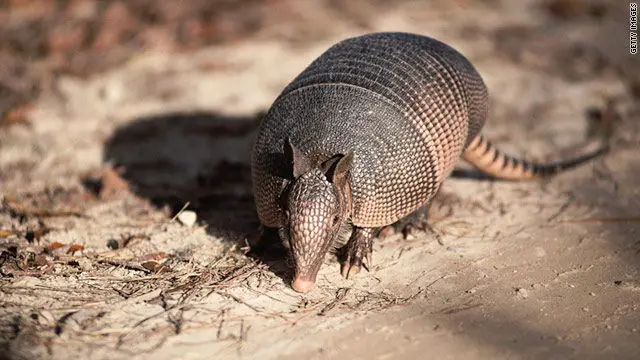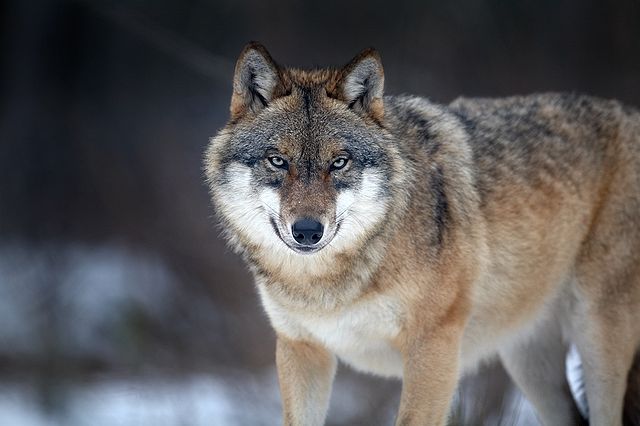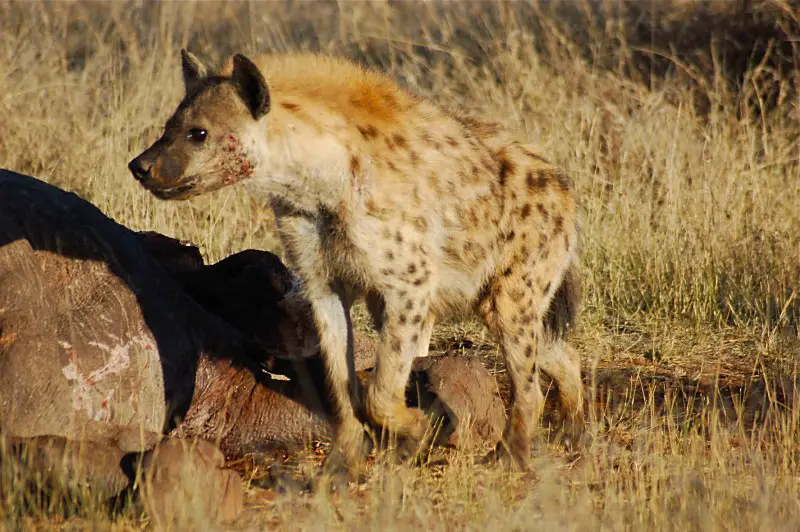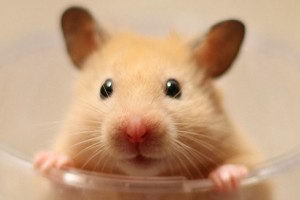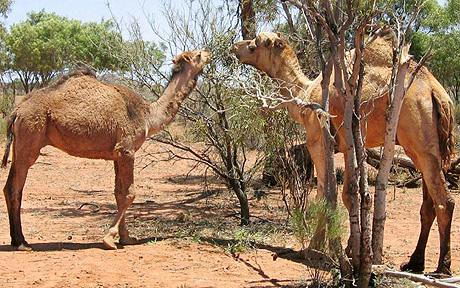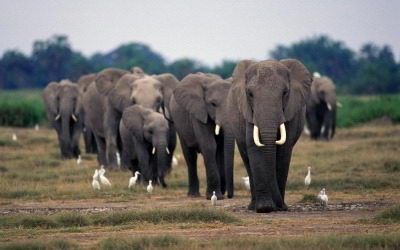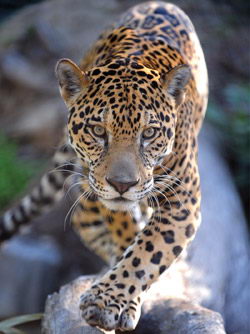Category: Eutheria (Placental mammals)
-
Raccoon Facts For Kids | An Intelligent Mammal
Raccoon is a medium-sized carnivore with the long tail. It is a native mammal of North America. It is also known as the North American Raccoon. Of all the members of procyonid, raccoon is the largest species. Its body is covered with a thick greyish coat that prevents it from intense cold. Raccoon is the…
Written by
-
Beaver Facts For Kids | Second Largest Rodent
Beavers are the largest rodents in North America. It belongs to the genus Castor. Eurasian Beaver is native to Asia and Europe whereas North American beaver is a resident of North America. In the years gone by, beavers’ range has reduced to its historical habitat. The physical appearance of these two extant species appears to…
Written by
-
What Do Skunks Eat | Skunks Diet
Skunks are highly opportunistic feeders as they do not rely on a specific food for their consumption. They live in burrows or holes abandoned by other animals. Skunks may not be as active in winter as they are in summer and they will sleep several weeks in logs. What Do Skunks Eat They are omnivorous,…
Written by
-
Hedgehog Facts For Kids | All about Hedgehogs
Hedgehogs Features and Characteristics They could not see properly which is why they rely on other senses like hearing, touch, and smell. However, hedgehogs are distinguishable by their blunt spines that serve as a protection against potential predators. Hedgehogs often roll up into a tight ball to protect themselves. As they feel threatened, they make…
Written by
-
Bear Facts For Kids | Bear Diet, Habitat, Behavior
Evolution and Systematics Though bears family do not form large number of species or genera they have nevertheless long been the subject of debate when it comes to classification. One such example is that in the years gone by systematists have placed Giant Panda in the subfamily of Ursidae. Other bears including sloth bear, polar…
Written by
-
Sperm Whale Facts | Size, Features, Behavior, Habitat
Evolution and Systematics Perhaps the oldest of all the family of dolphins and whales is Physeteridae dating back to 30 million years ago. They possess many characteristics of a toothed whale (odontocete) precisely due to the fact that both families co-existed previously. Unlike few characteristics which are primitive there are some that are highly adapted.…
Written by
-
What Do Armadillos Eat in the Wild – Armadillos Diet
Today we talk about the incredible and unique creature of nature – The Armadillos and their diet plan. Well! We all know that the energy requirements of a body are fulfilled through what we intake as food and so the fact prevails that the world goes round food. But before we check out the dietary…
Written by
-
Facts about Monkeys for Kids | Our Nearest Neighbours
There is nothing confidential about the fact that monkeys and humans have 98% similar DNA. The worlds at large recognize them and love their child like activities at zoos. So in order to get you acquainted with this mazing animals here are some facts about monkeys for kids that you will love to know and…
Written by
-
What Do Hyenas Eat in the Wild | Hyenas Diet
Hyenas have always been skillful hunters and they can simply pull down large animals as antelopes or wildebeests. They are not choosy as they will consume almost anything ranges from birds, lizards, insects, to snakes. Hyenas also feed on zebras and gazelles. Hyenas exist in large numbers which is why they often outrun their competitors…
Written by
-
Types Of Wolves | Three Wolf Types
Though there are many subspecies of wolf but generally there are three types of wolves namely red wolf, gray wolf and Ethiopian wolf. Let’s study each of these three types of wolves in detail. Three Types Of Wolves Red Wolf Facts For Kids | Facts About Red Wolf Red wolf belongs to the dog family…
Written by
-
Hyena Facts For Kids | Hyena Behavior, Hunting, Diet, and Habitat
Hyenas (Hyaenidae) are doglike medium-sized carnivores which have massive skulls and obvious sagittal crest for attachment of extremely dominant jaws; the blunt premolars along with 32 – 34 robust teeth specialized for cracking bones. Three of the hyena species are known to us: the Brown hyena (Paralnyaena brunnea), the Spotted or laughing hyena (Crocuta crocuta)…
Written by
-
Hamster Facts For Kids | Hamster Diet, Behavior, Lifespan and Habitat Requirements
It’s time to enjoy some of the most fascinating hamster facts for kids including hamster diet, habitat, lifespan, and reproduction. Hamsters (Cricetidae) are seed-eating (granivorous) rodents that belong to the order of Rodentia. Around 20 hamster species are classified into separate subfamilies; out of which 6 species are found in Iran, Pakistan, and Afghanistan, these…
Written by
-
What Do Camels Eat in the Desert – Camel Diet
Let us learn some of the significant insights as to what do camels eat in the desert. The ship of the desert, camel (camelidae) is one of the only few mammals which can go by couple of weeks without eating food. The adaptations of a camel allow it to live and survive in extreme climates…
Written by
-
What Do Elephants Eat in the Wild
Elephants generally forage for several hours and they consume more than 100 different kinds of plants. They browse through an excessive proportion of grass in regions where there is short grass and this happens both in wet season as well as dry season. In these regions during the dry season, elephants confine themselves to sedges…
Written by
-
Jaguar Facts For Kids | Jaguar Diet, Behavior, & Habitat
Though all cats have long been admired for their fearful nature and remarkable ability, but only jaguar (Panthera onca) seems to have conquered the culture and religion of a continent. Scientists have unearthed some of the oldest sculptures of jaguar predating five thousand years old in Peru. It is believed that sculptures that belong to…
Written by

